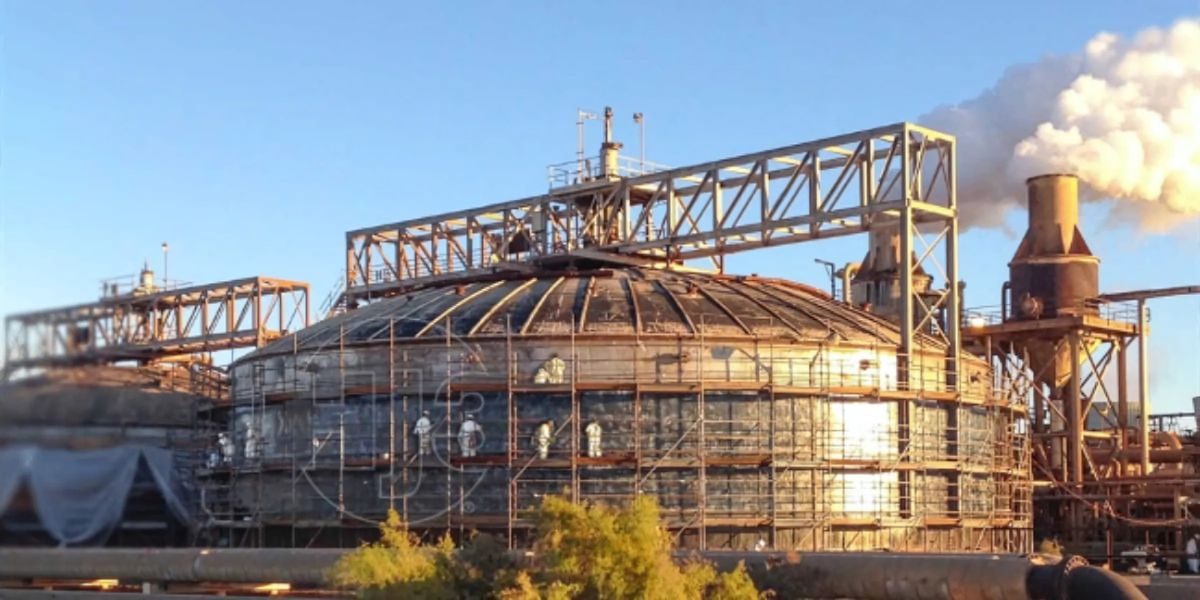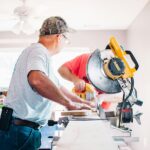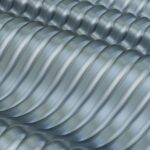By: M Zeeshan
In the infrastructure industry, there can be a rush to replace something that breaks, but not everything that cracks or wears down needs to be torn out and rebuilt from scratch. That’s the belief HJ3 was founded on over two decades ago—and it’s the belief that continues to guide the company’s work today.
Launched from the University of Arizona in 2002, HJ3’s goal was to offer a better, more sustainable way to repair aging infrastructure. Instead of discarding what already existed, the company developed carbon fiber systems that provide long-term repair. This approach can help cut costs, assist industries in avoiding the disruption of full replacement, and enable critical assets to stay in service longer with little to no disruptions to operations.
HJ3’s systems have since been used in oil pipelines, storage tanks, concrete silos, and industrial water systems. In sectors where time, cost, and safety matter greatly, the company has developed a reputation for delivering durable, code-compliant solutions to meet urgent client needs. Behind it is a leader who proudly built the business piece by piece, ensuring that each part could hold steady even as it grew.
A Family History of Building from the Ground Up
Before Jim Butler became the CEO of HJ3, he grew up watching the people closest to him figure things out for themselves, through long hours and firsthand experience. His grandfather worked in sales at General Motors before opening a successful car dealership, despite never having any sort of formal education. His father, largely self-taught, went on to start a thriving robotics and automation company.
As a teenager, he worked in various business operations, packing and shipping inventory, managing warehouse logistics, and helping with assembly. Eventually, he moved into sales. These jobs may not have been glamorous, but they gave him an understanding of how each part of a company connects to the others and taught him values like hard work, resilience, and the importance of strong relationships. After college, he worked for his father’s business full-time, but it didn’t take long for him to realize he wanted to create and lead a company of his own.
He went to the University of Arizona and joined its entrepreneurship program, where he entered a business plan competition. With help from a mentor, he refined the concept and sharpened his pitch, realizing that he had a natural talent for presenting ideas and making them clear to others. He ended up winning the competition, giving him the confidence to continue pursuing his ideas and establishing his own business. Rather than relying on venture capital or taking other shortcuts, he followed the example set by his father and grandfather, building the company from the ground up through hard work and perseverance.
HJ3 Earns Its Place Through Results
From day one, HJ3 was designed to prove its value out in the field—not through flashy branding or broad claims, but through testing, approvals, and consistent delivery. The company’s early systems were put through rigorous evaluations, performing well across the board. In 2004, the U.S. Department of Defense tested HJ3’s materials for blast resistance and confirmed they held up under pressure. In the years that followed, the company earned key certifications across water safety, pipeline integrity, and mine reinforcement.
By 2007, its work was gaining recognition, including a seismic retrofit on a historic Salt Lake City pub. That same year, the company’s systems were approved by the Mine Safety and Health Administration. These developments helped establish the company’s credibility, especially in such a high-risk sector where trust is gained over time.
Expanding Across Industries and Borders
Over time, HJ3’s reach continued to grow, completing its first full composite reinforcement of a high-rise building exterior in Philadelphia. In 2009, its CarbonSeal™ system outperformed competitors in corrosion-resistance studies, and by 2012, it had sold over five million square feet of product and completed more than ten thousand applications. Two years later, Det Norske Veritas tested and approved HJ3’s solutions under internationally recognized repair standards.
That same year, the company completed its first international project—a high-pressure pipeline repair in Turkey for Botas Petroleum. In 2013, it partnered with Union Pacific Railroad to complete its first bridge repair project in Las Vegas. Both milestones came after years of engineering work, rigorous testing, and proven performance that enabled the company to expand its capabilities.
These projects demonstrated HJ3’s ability to meet the standards required in high-risk, highly regulated environments. Whether supporting transportation, energy, or water systems, the company focuses on delivering performance in the field, not just on paper.
Product Lines That Meet Real Challenges
Between 2014 and 2017, HJ3 introduced several targeted systems meant to serve specific industries. TankWrap™ was developed for industrial tank reinforcement, while SiloWrap™ was designed for storage used in agricultural settings and meets food safety standards. FireSeal also passed high-heat resistance testing, making it suitable for facilities with heightened temperature risks.
In 2018, HJ3’s Stronghold™ system was approved for seismic retrofits throughout Los Angeles County. One year later, the company played a key role in helping carbon fiber materials like TankWrap™ become officially included within API-653 repair standards. By 2020, HJ3 had sold more than ten million square feet of material and built a worldwide network of 80 certified CarbonSeal™ installers. Each system was developed in direct response to industry needs in oil, gas, agriculture, and manufacturing, and qualified through extensive testing and compliance reviews.
Butler’s Culture Reset During HJ3’s Toughest Year
In 2015, HJ3 faced one of the most difficult periods in its history. A downturn in the industrial market caused project cancellations and financial strain, and for the first time, Butler was forced to make decisions under real pressure. Rather than react with temporary fixes, he paused to reflect on the company’s internal operations.
Butler’s CFO introduced him to a book called The Collaborative Way, which focuses on responsibility, accountability, and mutual respect. Butler saw potential in the approach and reached out to the book’s author. Working together, they started to implement an entirely new culture inside HJ3.
The process was challenging, and some employees chose to leave. Those who stayed, however, helped create a stronger, more unified team. The company began embracing five daily behaviors, which included listening generously, speaking straight, being for each other, honoring commitments, and acknowledging team members’ contributions. These changes not only helped HJ3 survive the downturn but also gave them a new way to continue growing with integrity at the center.
Growth by Design, Not by Default
Even as HJ3 began stabilizing and expanding, Butler made the decision not to take on outside investors. Earlier in his career, he had moved too quickly on partnerships that weren’t the right fit, taking on opportunities that seemed attractive in the moment but didn’t hold up in the long run. He knew what could happen if he rushed the company’s growth, and his choice to scale intentionally allowed the company to stay focused on its values and customers without encountering unnecessary obstacles.
Part of that process involved HJ3 adopting the Entrepreneurial Operating System (EOS), which brought structure and clarity to its operations. The system helped team members define their roles, set measurable goals, and understand how their work contributed to the company’s larger goals. For customers in agriculture, oil and gas, and heavy industry, that structure led to faster shipments, same-day engineering, and reliable field performance—sentiments often reflected in HJ3 Reviews.
Leadership Grounded in Values, Family, and Community Service
While Butler leads a company that operates at the intersection of engineering, materials science, and infrastructure, his everyday life is guided by simpler concepts, like staying close to the people who matter, keeping a routine, and showing up when it counts.
He plans his schedule around his family and makes it a priority to attend his son’s games and practices whenever possible. Butler also maintains a regular routine consisting of physical fitness and mindfulness practices, using HeartMath(™) to help him focus and reduce his stress levels. A consistent sleep routine and balanced diet are also part of the equation, helping him maintain his physical, mental, and emotional health.
Butler’s dedication to his community is just as deliberate as his commitment to his well-being. For years, he volunteered as a youth soccer coach with FC Sonora, a South Tucson-based club that supports athletes from under-resourced neighborhoods. Some of the players he mentored even went on to sign professional youth contracts. Today, HJ3 sponsors the club to help more players access those same opportunities, which has been one of Butler’s proudest contributions.
Under his leadership, HJ3 continues to make strides in innovation within infrastructure repair and sustainability. Its solutions not only save buildings and pipelines, but are helping change the way industries think about maintenance, preservation, and what it means to build something that lasts.

















